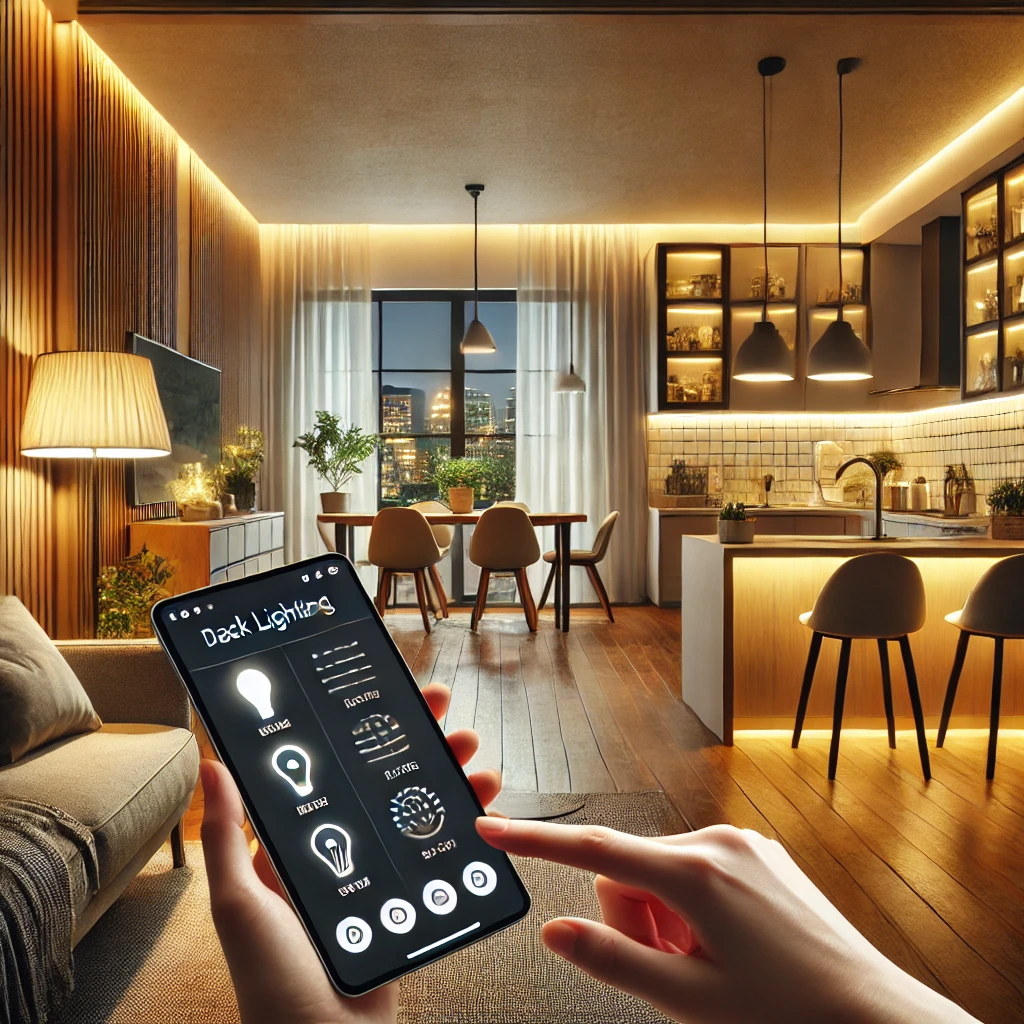Lighting is one of the most crucial aspects of home design. It influences mood, productivity, and even the perceived size of a space. With advancements in smart home technology, interior lighting has evolved beyond simple bulbs and fixtures to fully automated, customizable solutions. In this guide, I will share my expertise on interior lighting, from traditional setups to the latest smart lighting innovations, ensuring that your home is both beautifully illuminated and functionally efficient.
I have spent years researching and testing various smart home devices, and lighting has always been one of my primary areas of focus. My experience with different brands, technologies, and installation methods has given me a deep understanding of optimizing lighting for any space. Whether you’re a beginner looking to improve your home’s ambiance or a smart home enthusiast wanting to automate your lighting, this guide will provide all the information you need.
Chapter 1: The Basics of Interior Lighting
1.1 The Three Layers of Lighting
Interior lighting is typically divided into three layers, each serving a unique purpose:
- Ambient Lighting: general illumination that provides overall brightness.
- Task Lighting: focused lighting for specific activities, such as reading or cooking.
- Accent Lighting: decorative lighting used to highlight architectural features, artwork, or furniture.
Understanding these layers is essential for creating a balanced and functional lighting plan.
1.2 Types of Light Bulbs
Selecting the right light bulb is crucial for achieving the desired ambiance and energy efficiency. Common types include:
- Incandescent bulbs: traditional but inefficient.
- Halogen bulbs: Slightly more efficient with a warm glow.
- LED bulbs: the most energy-efficient and long-lasting option.
- CFL bulbs: Energy-saving but with a slow warm-up time.
- Smart bulbs: LED-based and controllable via apps or voice assistants.
Chapter 2: Choosing the Right Lighting for Each Room
Each room in your home has different lighting needs. Here’s how to optimize lighting for various spaces:
2.1 Living Room
The living room is a multifunctional space requiring layered lighting. Consider a combination of ambient ceiling fixtures, task lamps, and accent lighting like LED strips behind furniture.
Recommended Products:
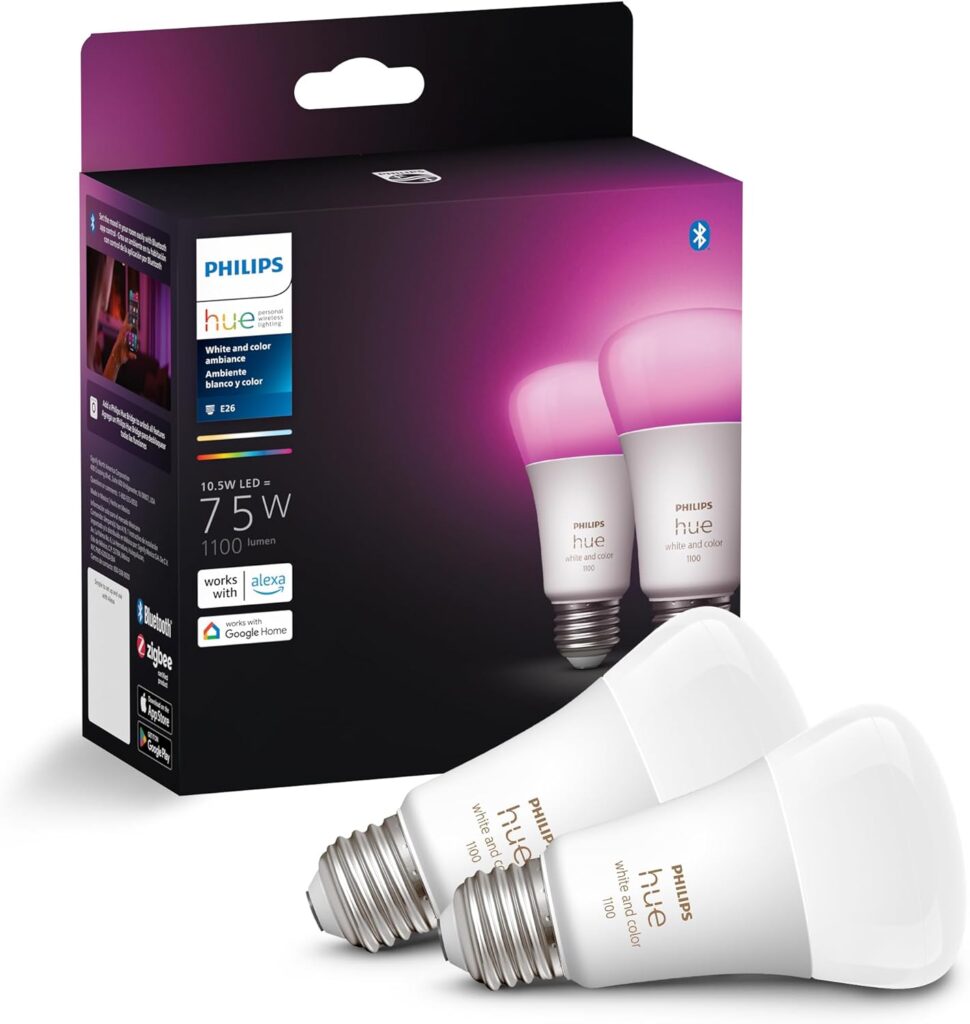
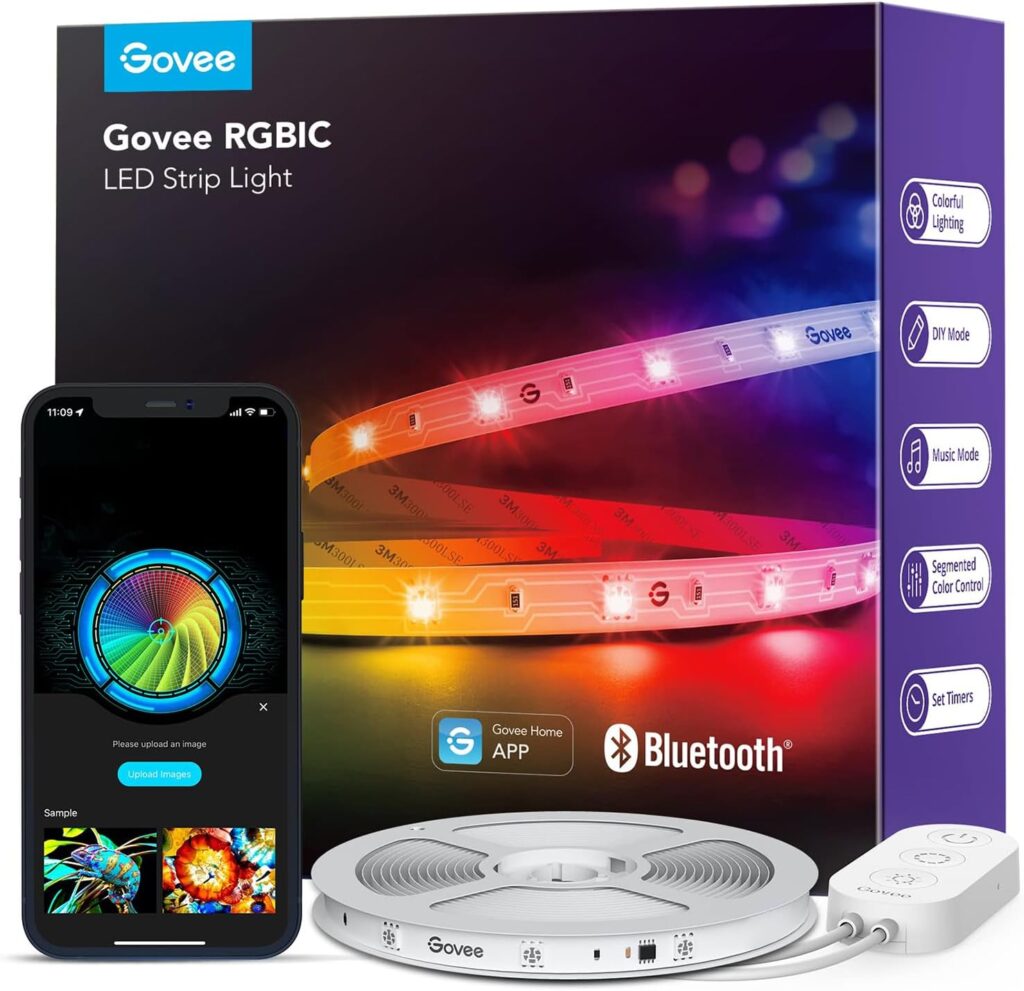
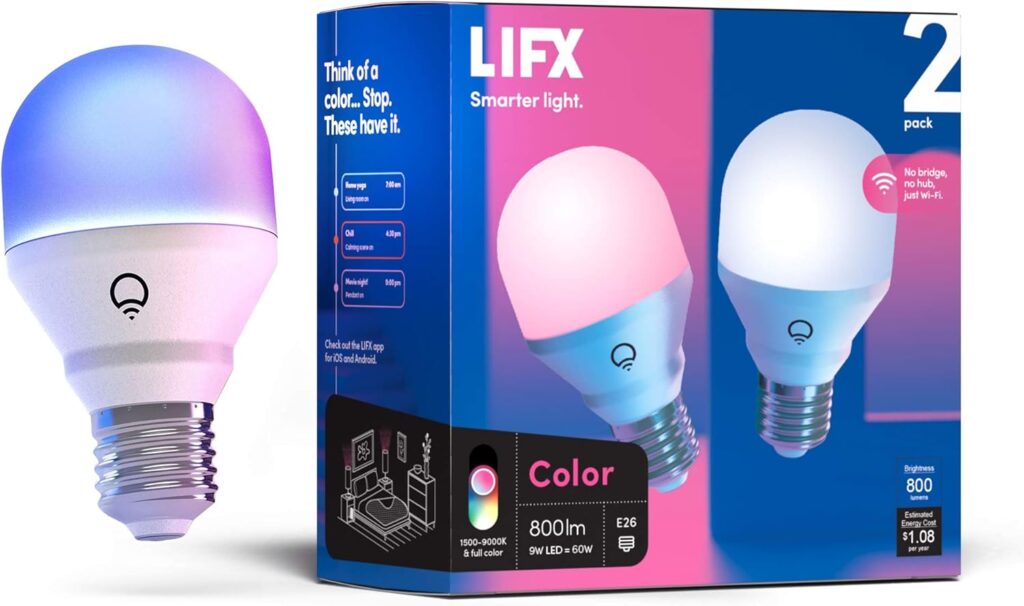
2.2 Kitchen
Bright, functional lighting is key in the kitchen. Under-cabinet LED strips, pendant lights over islands, and recessed ceiling lights create an ideal setup.
Recommended Products:
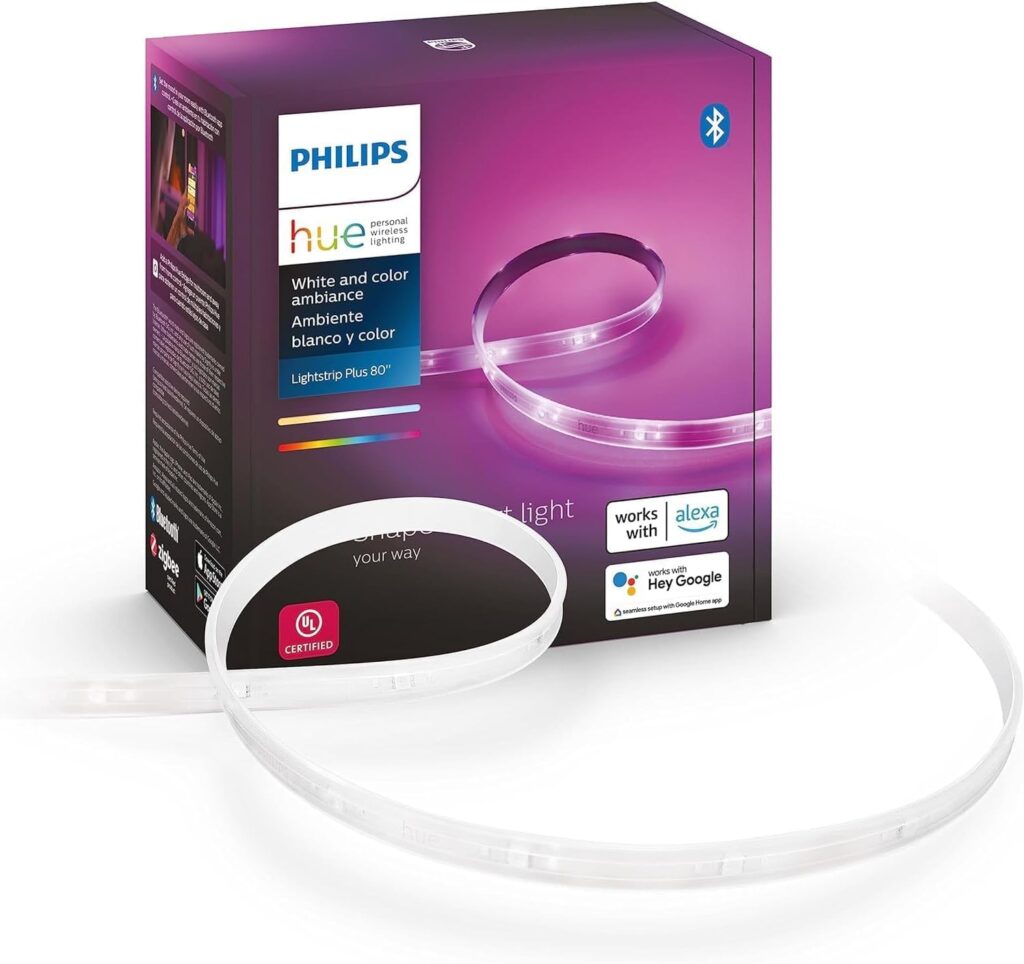
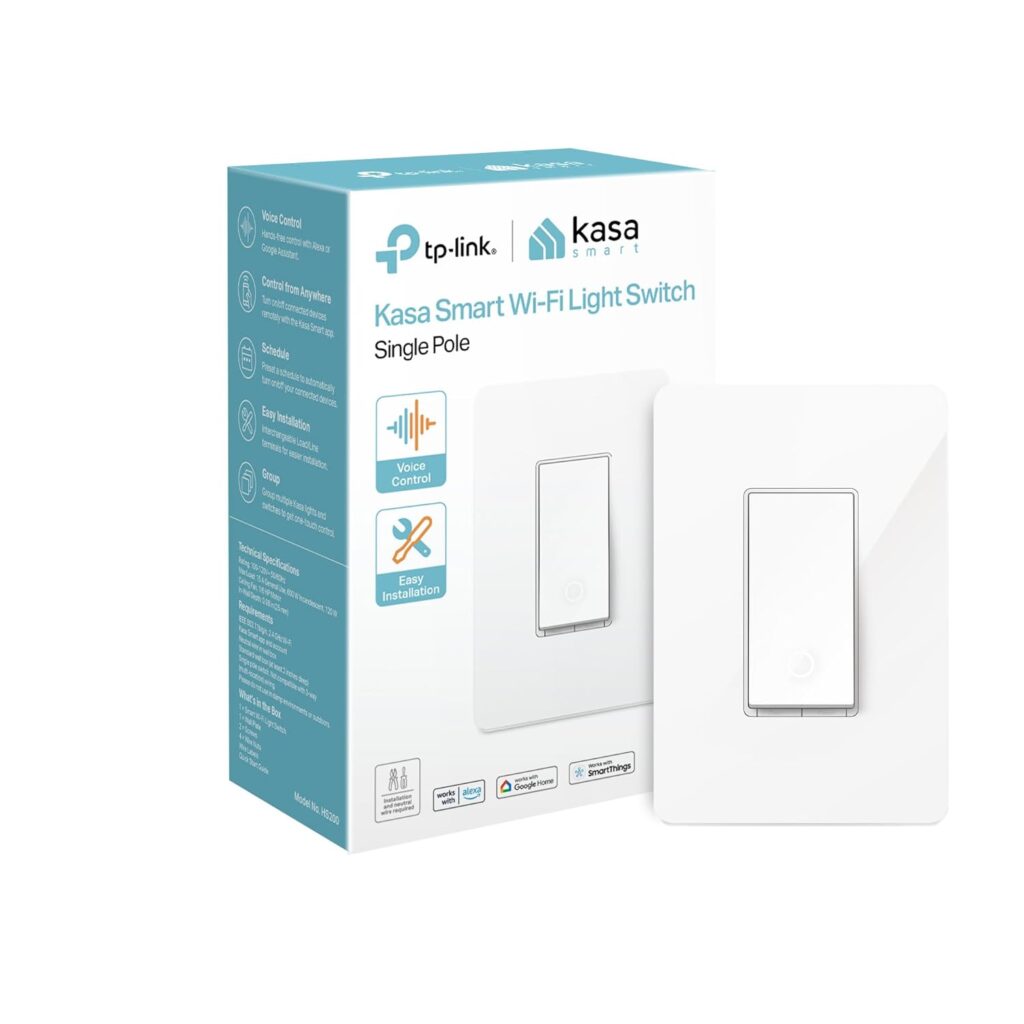

2.3 Bedroom
Soft, warm lighting promotes relaxation. Use dimmable bedside lamps, smart bulbs for automation, and ambient lighting for overall comfort.
Recommended Products:

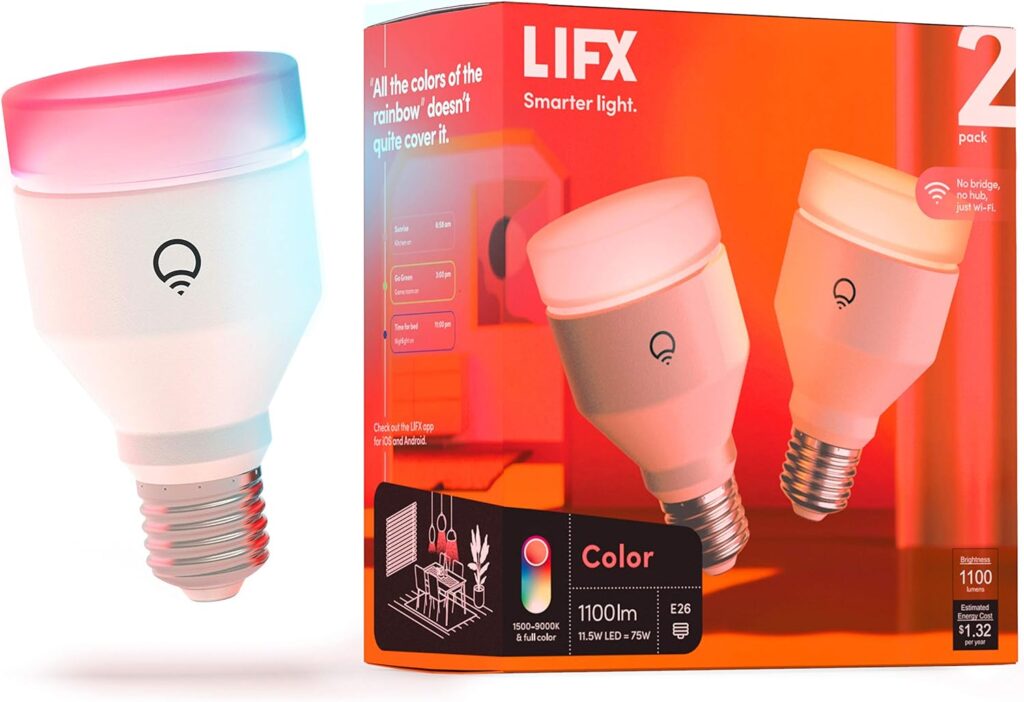
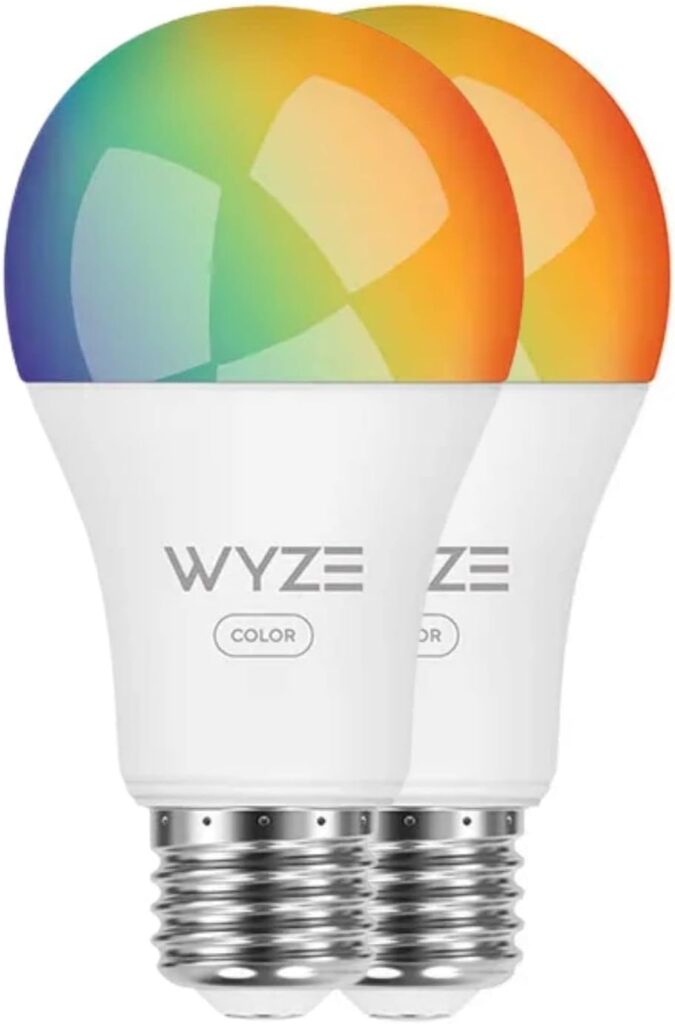
2.4 Bathroom
Bright vanity lighting is essential for grooming, while waterproof LED lights enhance shower areas.
Recommended Products:
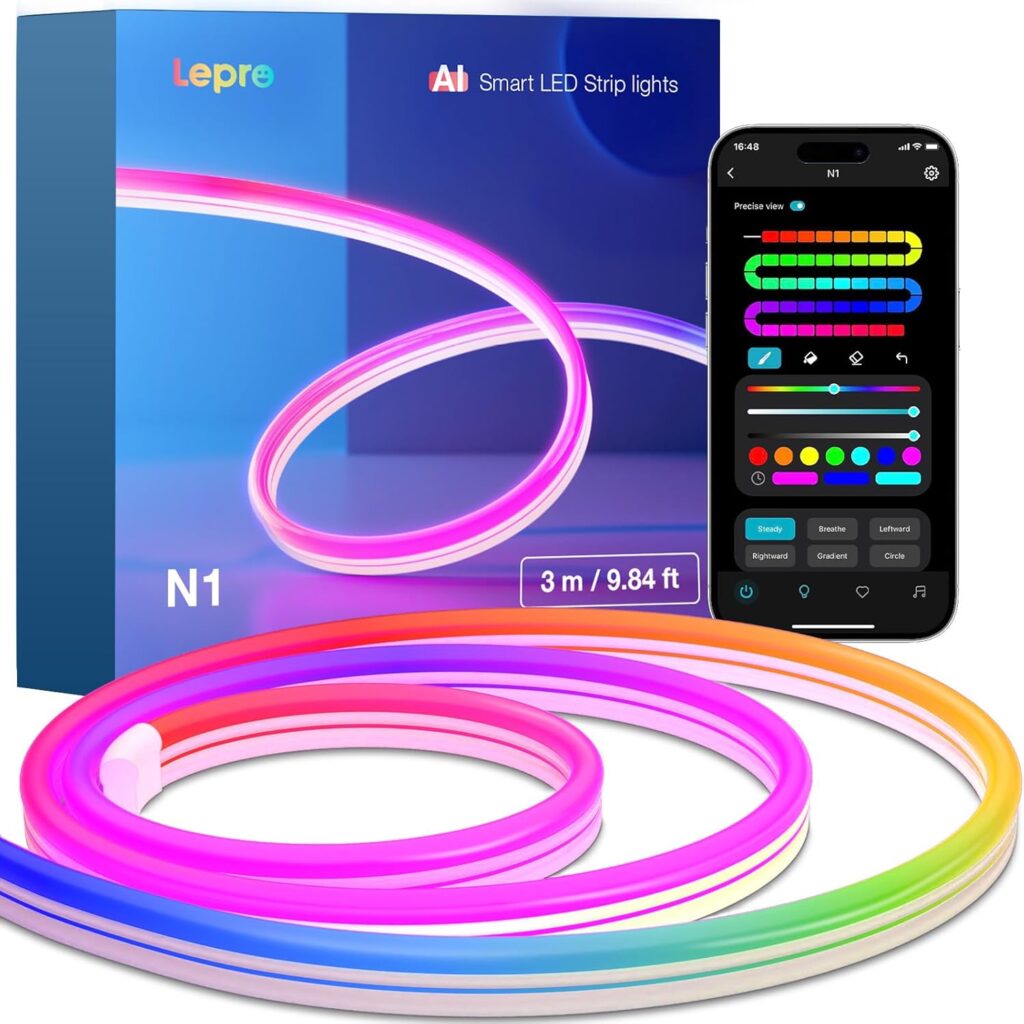
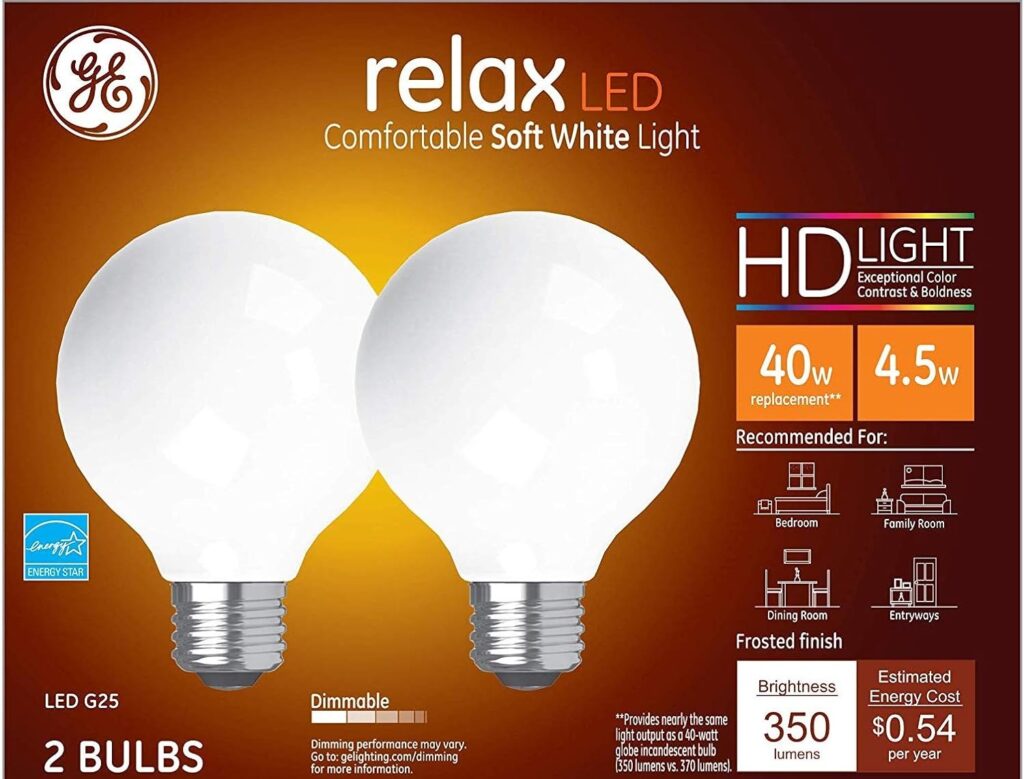
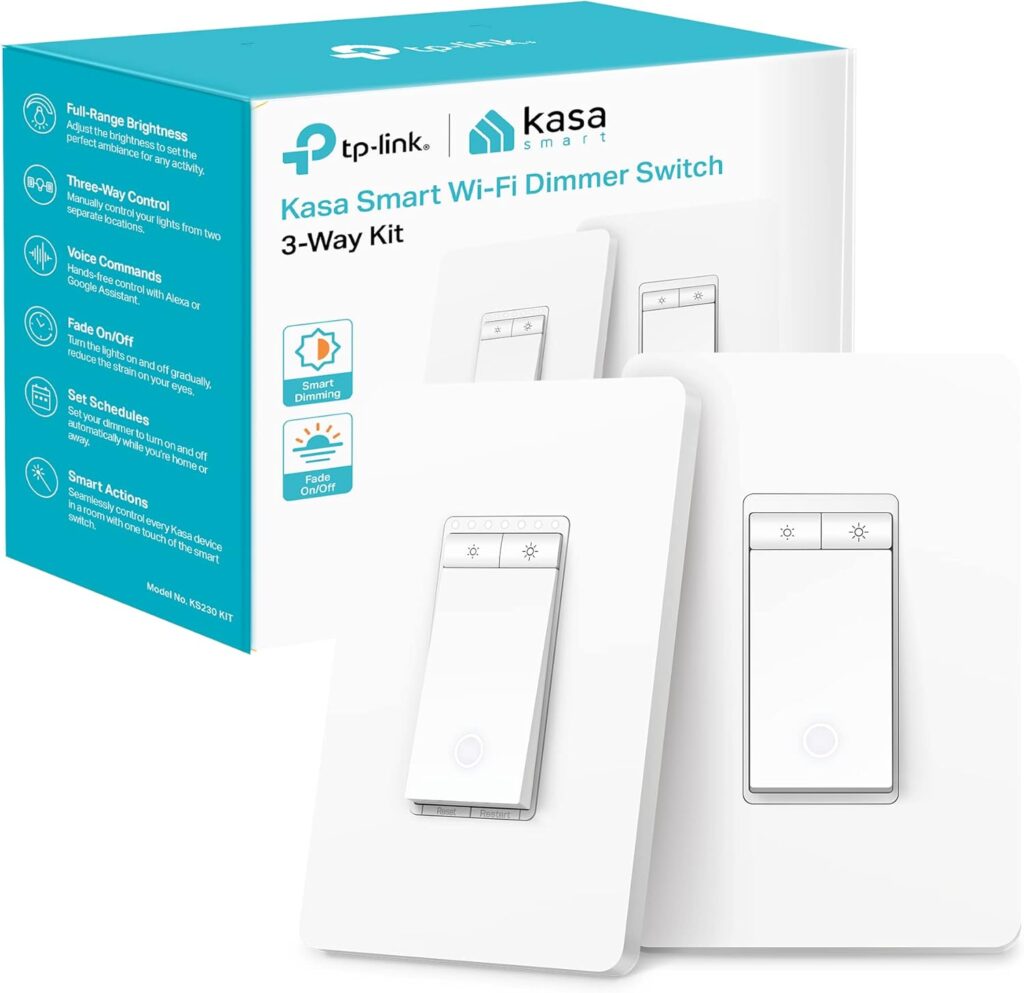
2.5 Home Office
Task lighting is crucial in a home office. Adjustable desk lamps with eye-care features help reduce strain, while smart lighting systems can sync with work schedules.
Recommended Products:
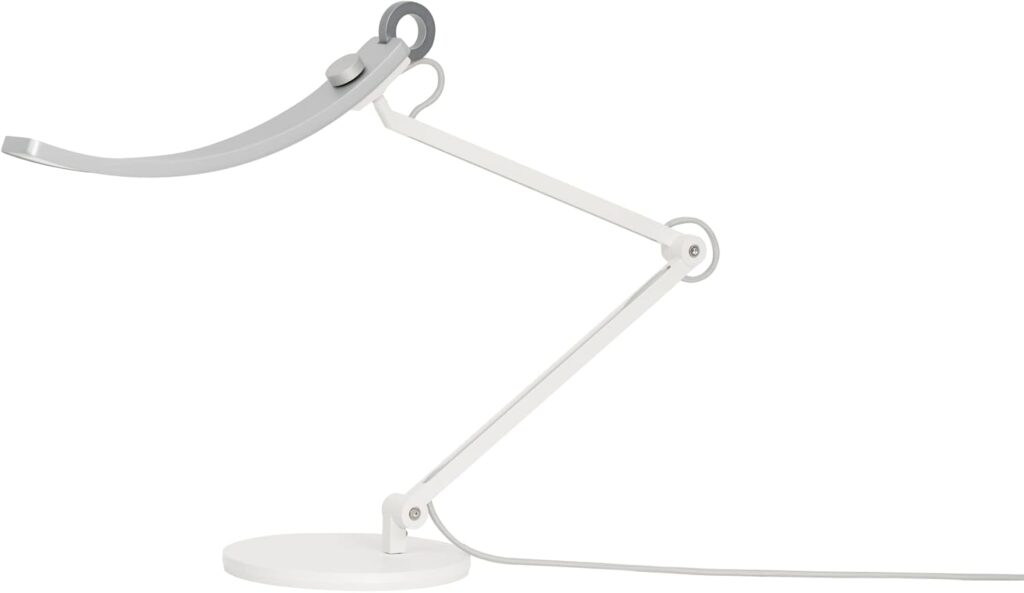
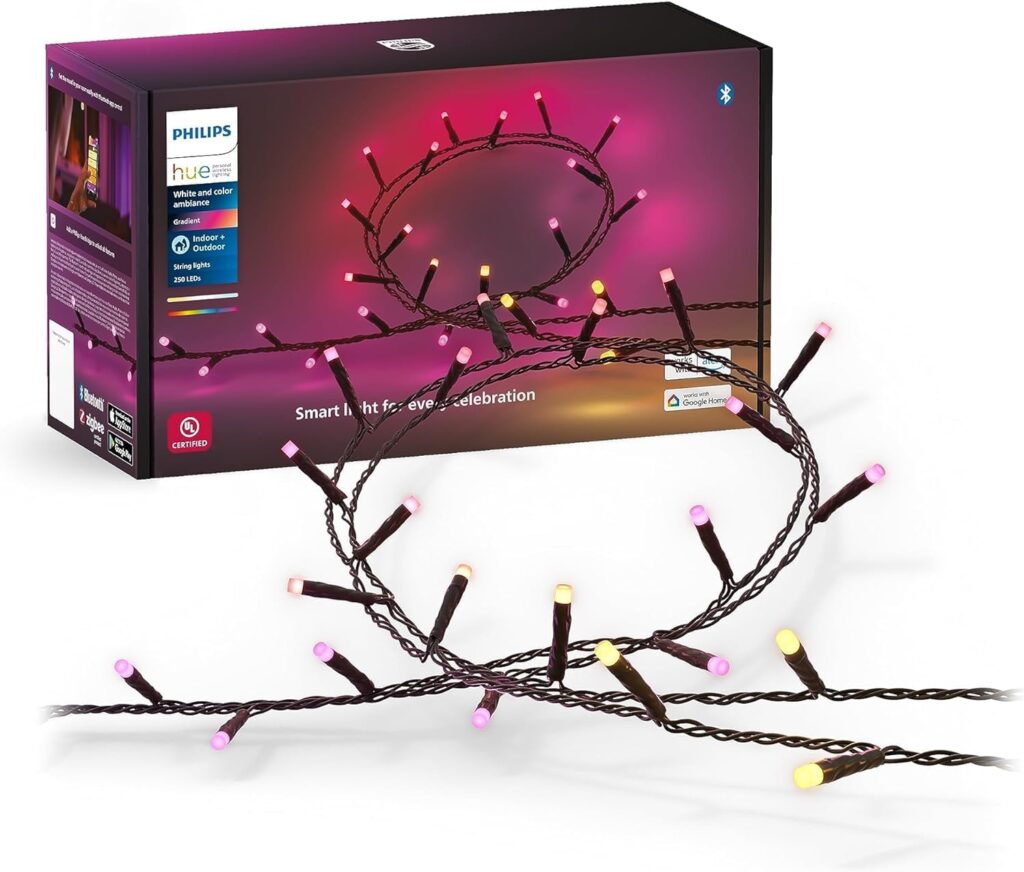
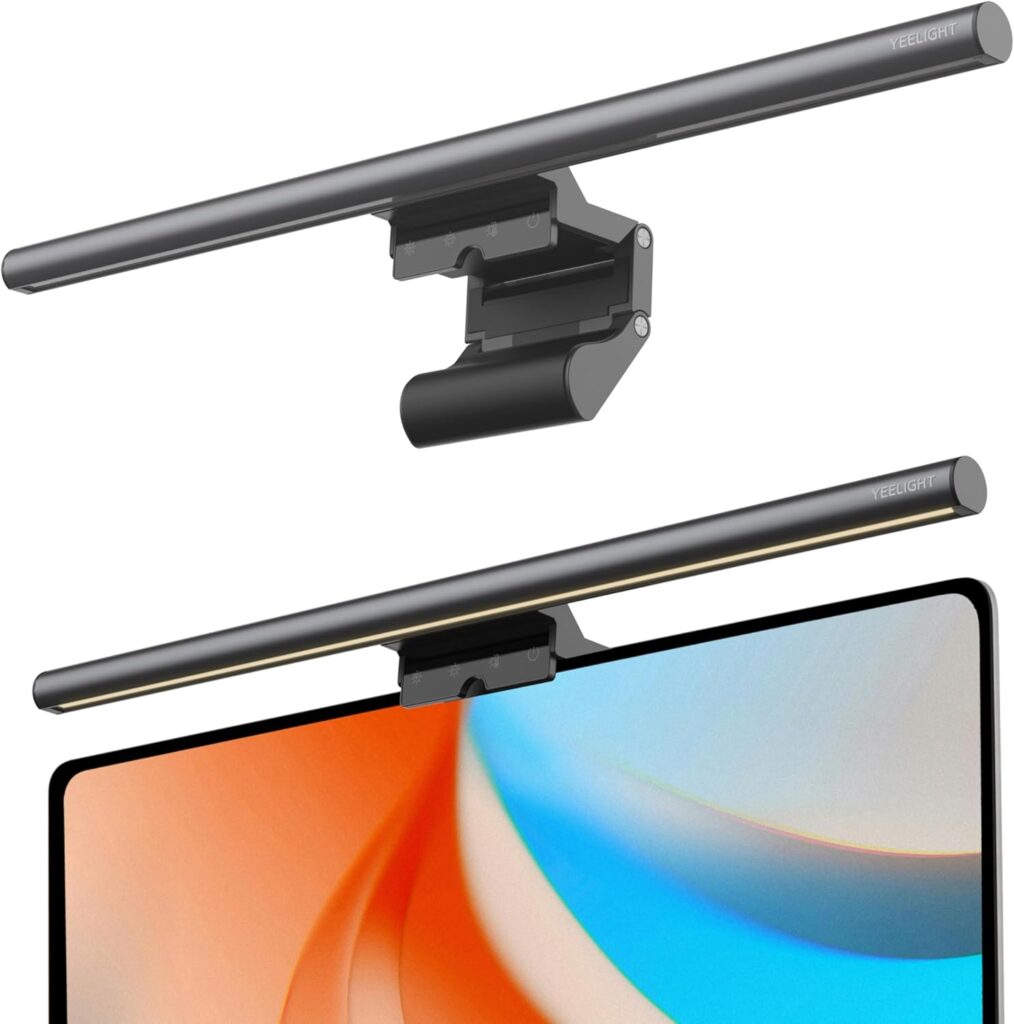
Chapter 3: Smart Lighting Solutions
3.1 The Benefits of Smart Lighting
Smart lighting offers several advantages, including:
- Remote control via smartphone apps.
- Voice assistant compatibility (Alexa, Google Assistant, Siri).
- Automated schedules and routines.
- Customizable color temperatures and brightness levels.
- Energy savings through intelligent usage.
3.2 Smart Bulbs vs. Smart Switches
Depending on your needs, you can choose between smart bulbs and smart switches. Smart bulbs are ideal for easy upgrades, while smart switches provide broader control over multiple fixtures.
3.3 Best Smart Lighting Brands
Some of the best brands in smart lighting include:
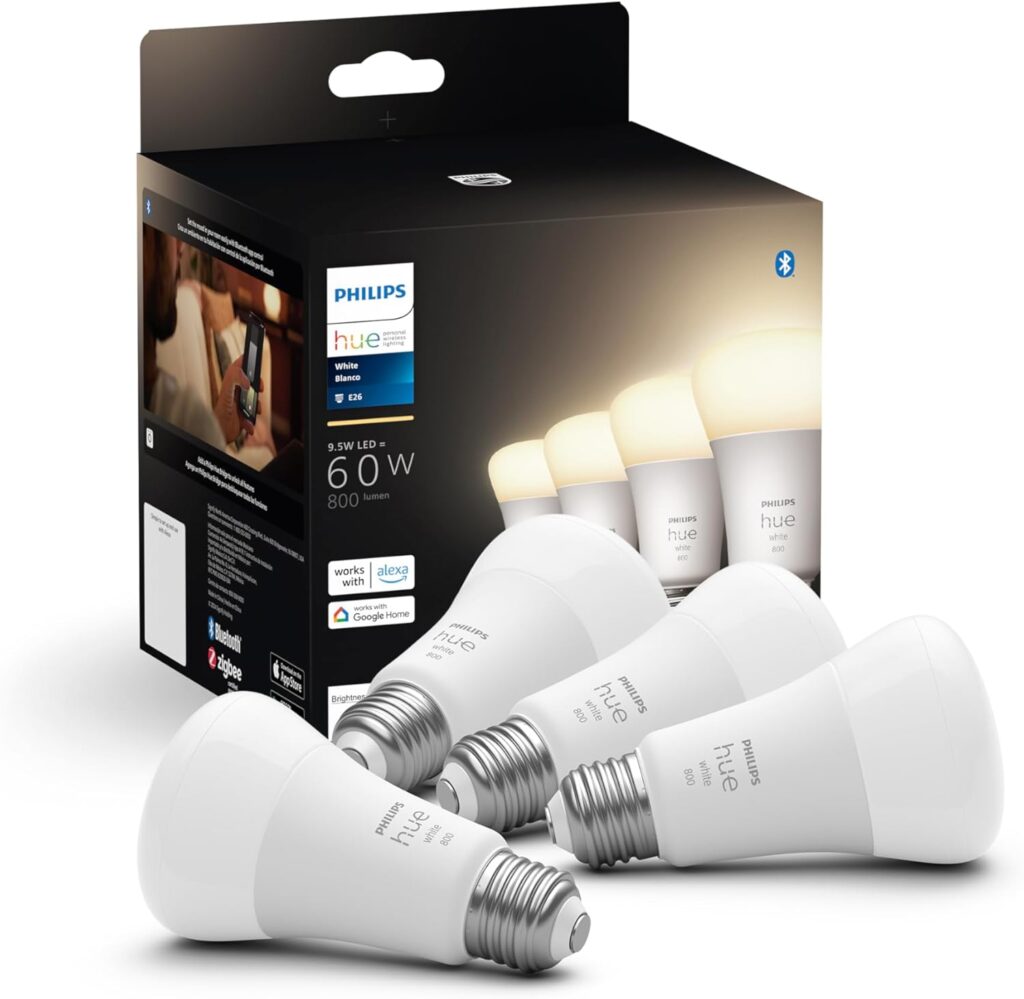
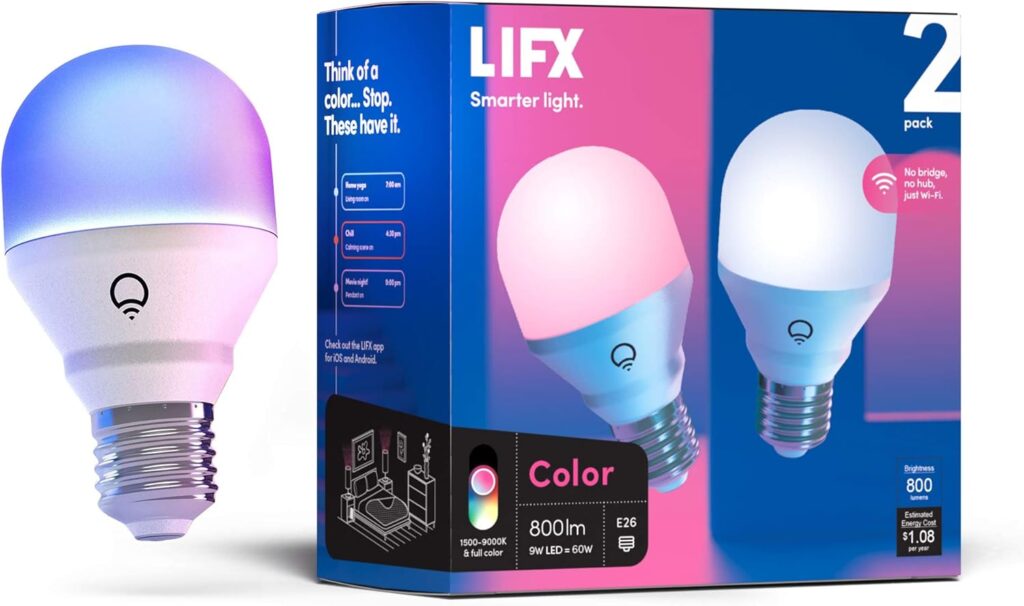
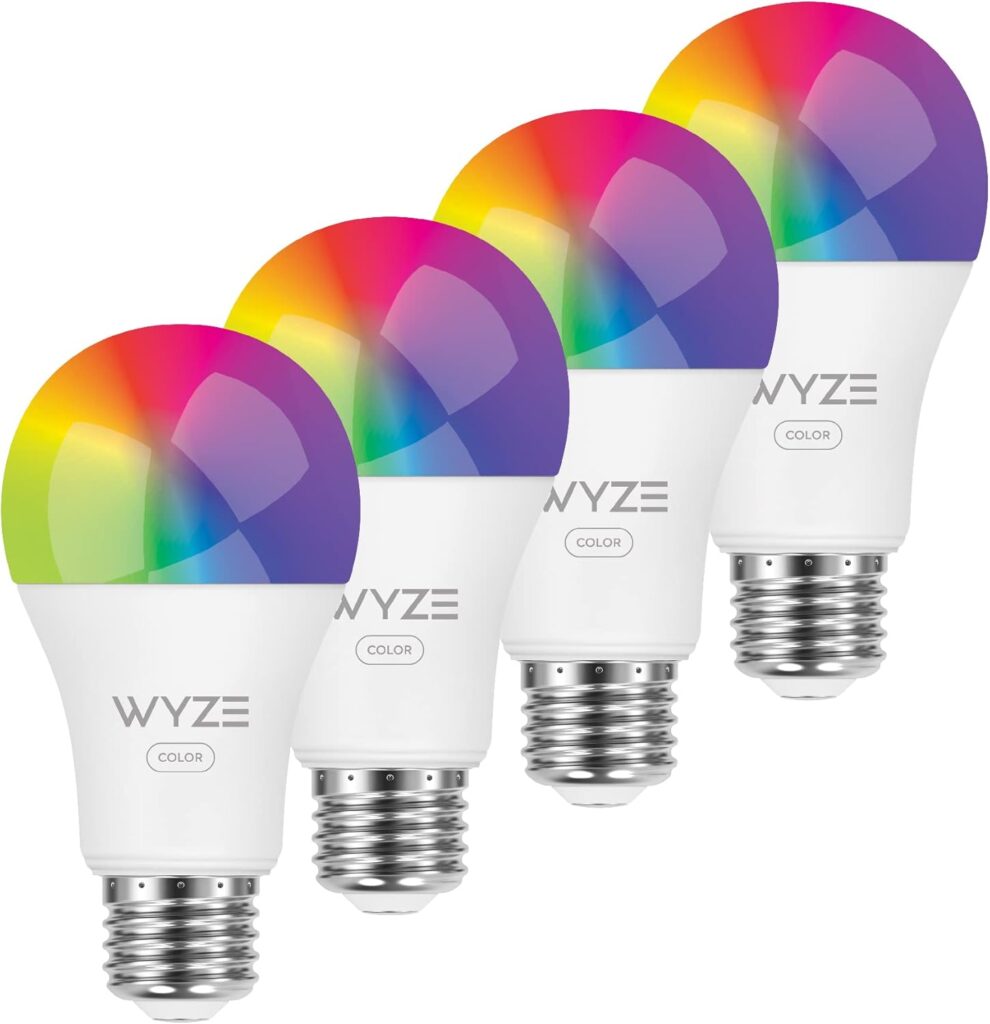

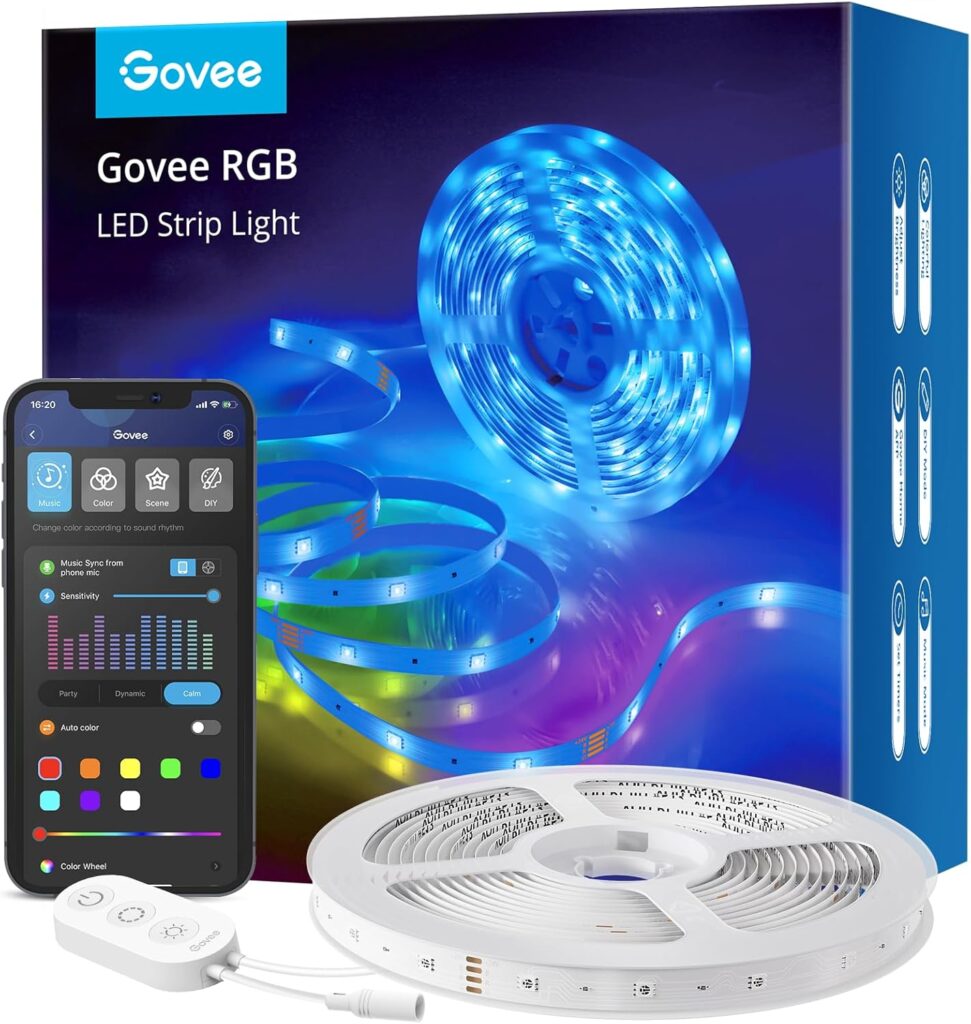
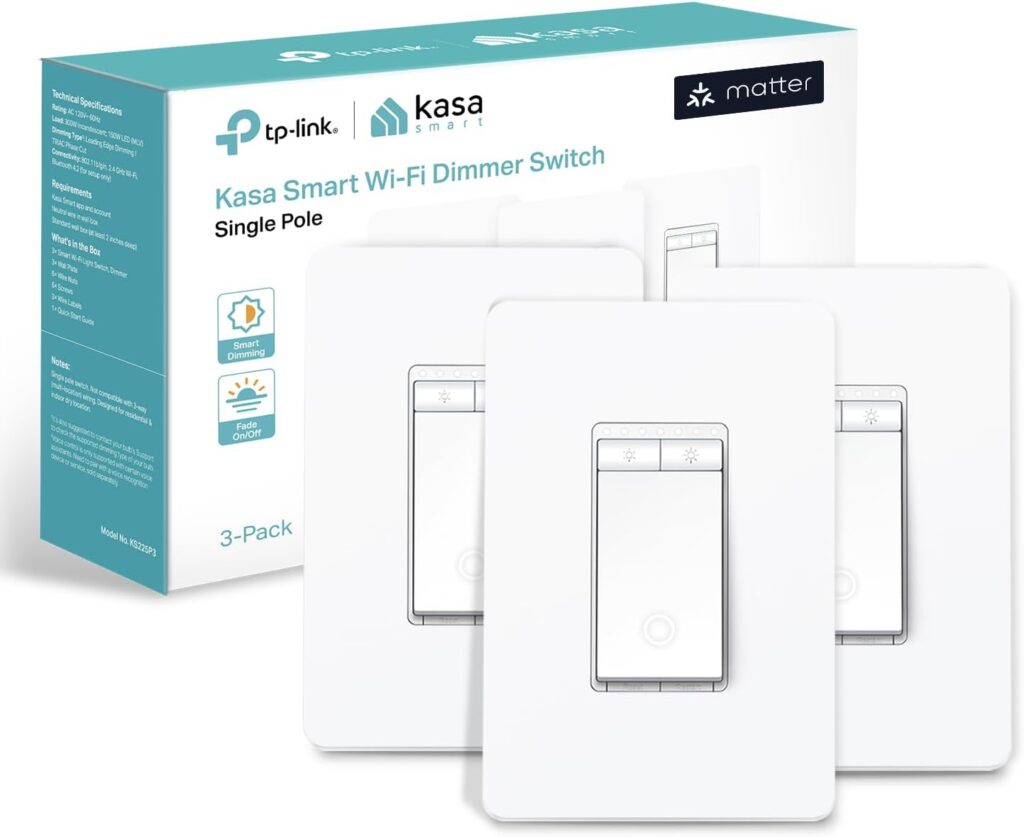
Chapter 4: Energy Efficiency and Cost Savings
Lighting accounts for a significant portion of home energy use. Switching to LED bulbs, utilizing dimmers, and implementing smart controls can drastically reduce electricity bills. This chapter explores energy-efficient strategies and their impact on cost savings.
Chapter 5: DIY Lighting Projects and Installations
For those who enjoy hands-on projects, this chapter provides step-by-step guides on:
- Installing smart bulbs and switches.
- Setting up LED strip lighting.
- Creating custom lighting scenes with automation.
- Building DIY smart lamps using Raspberry Pi or Arduino.
Chapter 6: Common Lighting Mistakes and How to Avoid Them
Avoiding lighting mistakes can greatly improve your home’s aesthetics and functionality. Common errors include:
- Overlooking task lighting.
- Using mismatched color temperatures.
- Poor fixture placement.
- Ignoring smart lighting potential.
Conclusion
Interior lighting is an art and science that enhances your home’s beauty and efficiency. You can create a stylish and functional space by leveraging smart lighting technology and understanding fundamental lighting principles.
Throughout my experience with smart home gadgets, I have tested numerous lighting solutions, and I can confidently say that the right lighting setup transforms a home. Whether you are starting small with smart bulbs or going all-in with automated lighting scenes, this guide has equipped you with the knowledge to make informed decisions.
For more in-depth reviews, product recommendations, and tutorials, stay tuned to autohomegadgets.com, where I continue to explore and share the best in smart home technology.

SAMMY MWANGI the editor of Autohomegadgets.com. He is an Electronics Technician enthusiast and a Sales Manager in one of the leading ICT companies in Africa. When he is not working, he loves to travel and explore nature. He is a Robot fanatic too.


